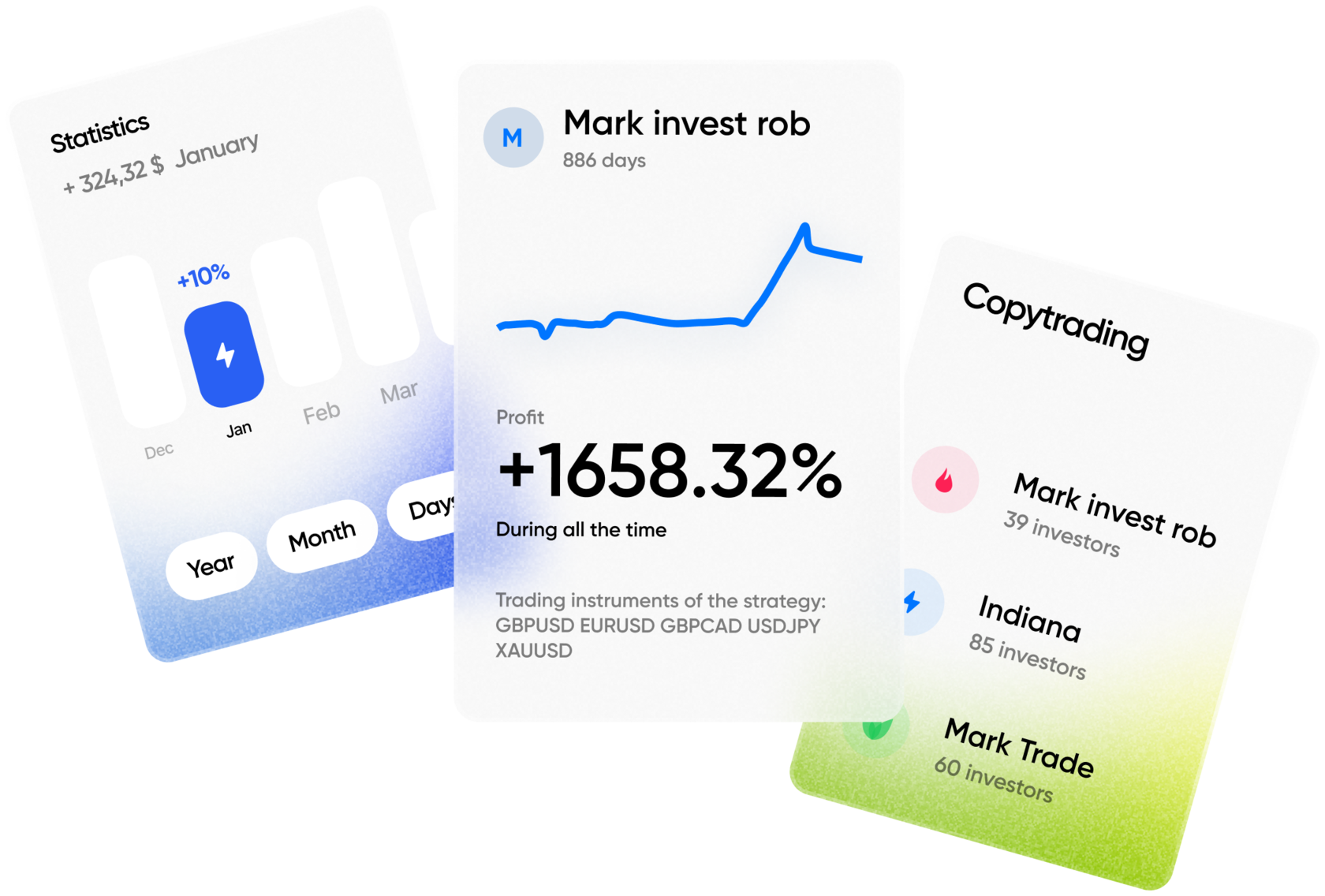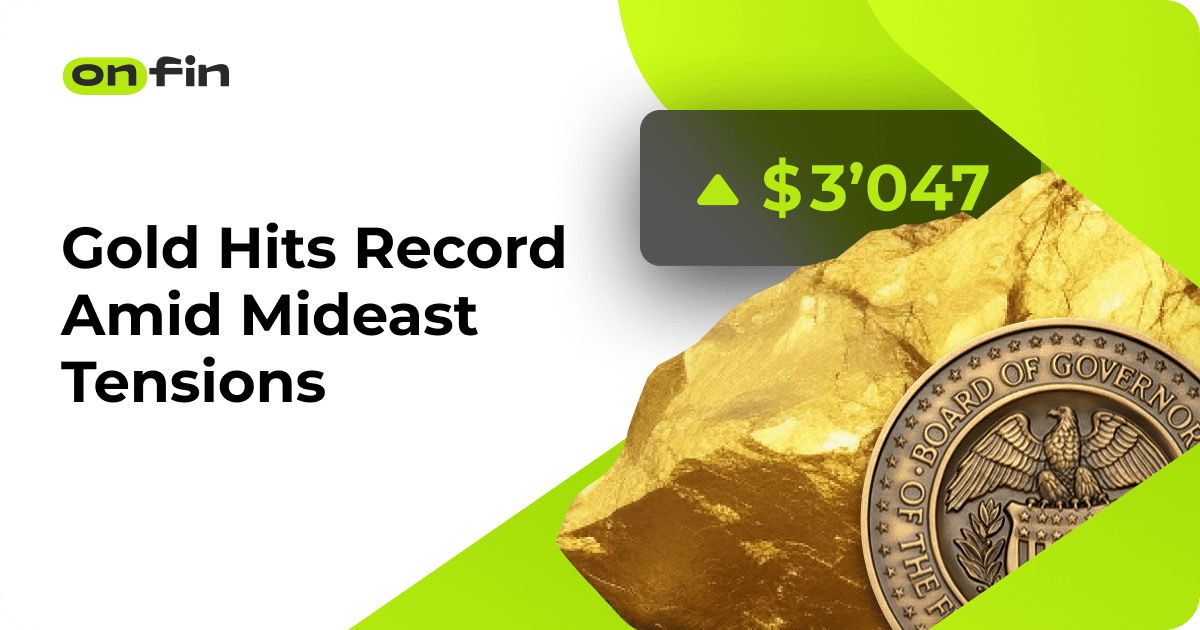Wall Street closed lower on Tuesday, while gold prices soared to record highs amid escalating geopolitical tensions. Israeli airstrikes on Gaza significantly increased uncertainty in global markets. On the same day, the Federal Reserve began a two-day policy meeting to discuss monetary strategies amid growing economic uncertainty, as reported by Reuters.
April gold futures climbed to an all-time high of $3,047.5 per troy ounce on the Comex exchange. This marked a new historical peak for the precious metal. During Tuesday’s session, gold briefly surpassed the previous record of $3,017 set earlier in March. Increased investor demand was also reflected in physical gold purchases, notably in Asia and the Middle East.
In contrast, major U.S. stock indices recorded losses amid the heightened geopolitical worries. The Dow Jones Industrial Average dropped approximately 1.7%, the S&P 500 lost about 1.5%, and the Nasdaq Composite declined around 1.6%. Technology and financial sectors experienced some of the largest declines.
European stock markets moved in the opposite direction, posting gains on Tuesday. The pan-European STOXX 600 index increased by 0.47%, ending the trading session in positive territory. German markets performed particularly well following a significant parliamentary vote approving a revision to the national budget. As a result, Germany’s DAX index surged to record highs, rising by approximately 1%.
In Asia, market responses were mixed, with Japanese and Chinese indices posting modest declines. Japan’s Nikkei 225 decreased by 0.3%, while China’s Shanghai Composite dropped 0.4%. However, South Korea’s Kospi index managed to edge slightly higher, gaining about 0.2%.
Investors also closely monitored developments related to energy markets, which experienced increased volatility amid Middle East tensions. Brent crude futures rose by 2.3%, reaching around $78 per barrel, while West Texas Intermediate (WTI) crude climbed 2%, surpassing $73 per barrel. This marked the highest intraday price increase in crude oil in several weeks.
In addition, demand for U.S. Treasury bonds and other safe-haven assets increased notably due to heightened geopolitical concerns. Yields on the 10-year U.S. Treasury note declined slightly, falling to around 3.7%. Conversely, the U.S. dollar strengthened modestly against major global currencies, with the Dollar Index rising 0.3% during the session.
Gold-backed Exchange-Traded Funds (ETFs) reported significant inflows, as investors sought safer assets. SPDR Gold Trust, the world’s largest gold ETF, saw daily inflows exceeding $500 million, marking one of the largest single-day increases this year.
The Federal Reserve initiated its planned two-day meeting on monetary policy on Tuesday. Financial analysts widely anticipate the Fed will keep its key interest rate unchanged during this meeting. Investors await clearer indications from Fed Chairman Jerome Powell regarding future policy direction amid ongoing economic uncertainties.
Traders are carefully monitoring the potential implications of trade tariffs introduced by former President Trump’s administration. Markets remain cautious, given the possibility that tariffs could influence future monetary policy decisions. Analysts expect the Fed’s decision to be announced after the conclusion of its meeting on Wednesday.
Meanwhile, central banks globally have increased their gold reserves throughout recent months. Reports indicate significant purchases by institutions from China, Russia, Turkey, and India, contributing to gold’s strong upward momentum.
Physical gold demand in major consumer markets such as India, China, and the UAE also increased, supported by jewelry and investment buying. According to data from the World Gold Council, gold demand from these markets rose approximately 12% year-over-year in the first quarter of 2025.
Mining stocks gained value as gold prices reached historical peaks. Shares of major gold producers, including Barrick Gold and Newmont Corporation, saw increases between 2% and 4% in trading on Tuesday.
According to market data provided by Bloomberg, the gold price has increased by nearly 15% since the beginning of this year. By contrast, major U.S. stock indices, including the S&P 500, have seen significantly smaller gains, reflecting cautious investor sentiment.
Prepared based on materials from Reuters and Bloomberg.







